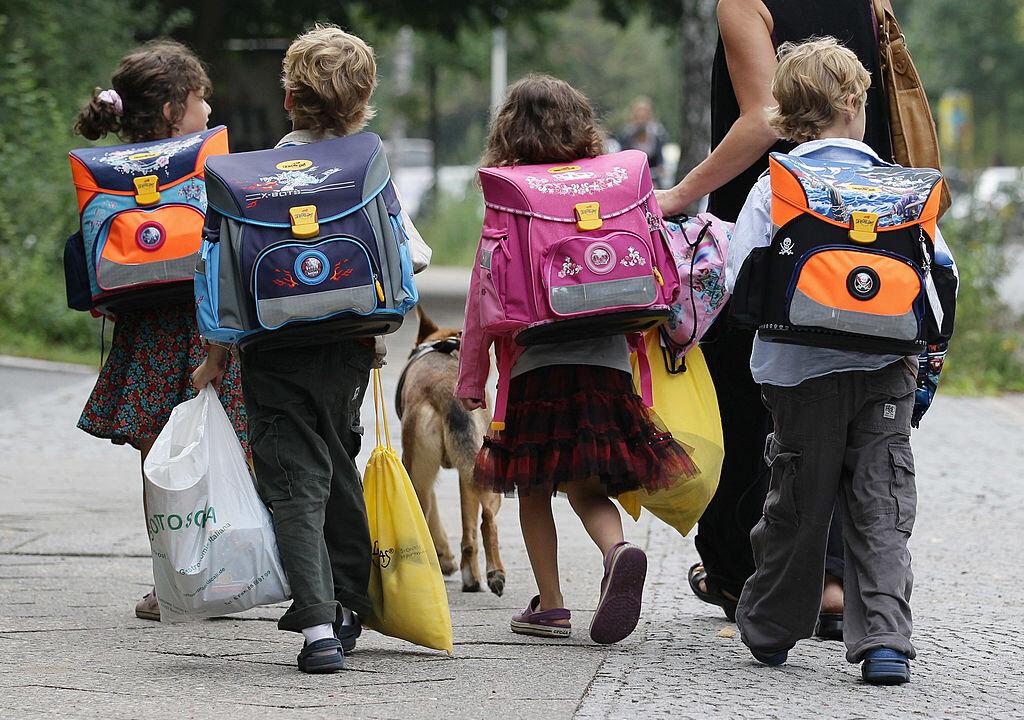Children who walk or bike to school at a young age are more likely to continue the healthy habit as they age, according to a new study.

"Most kids don't achieve the 60 minutes per day of physical activity that they're recommended to get," says Robin DeWeese. "Active commuting to school is one way to get more of that activity." Photo by Andreas Rentz/Getty Images
|Updated:




